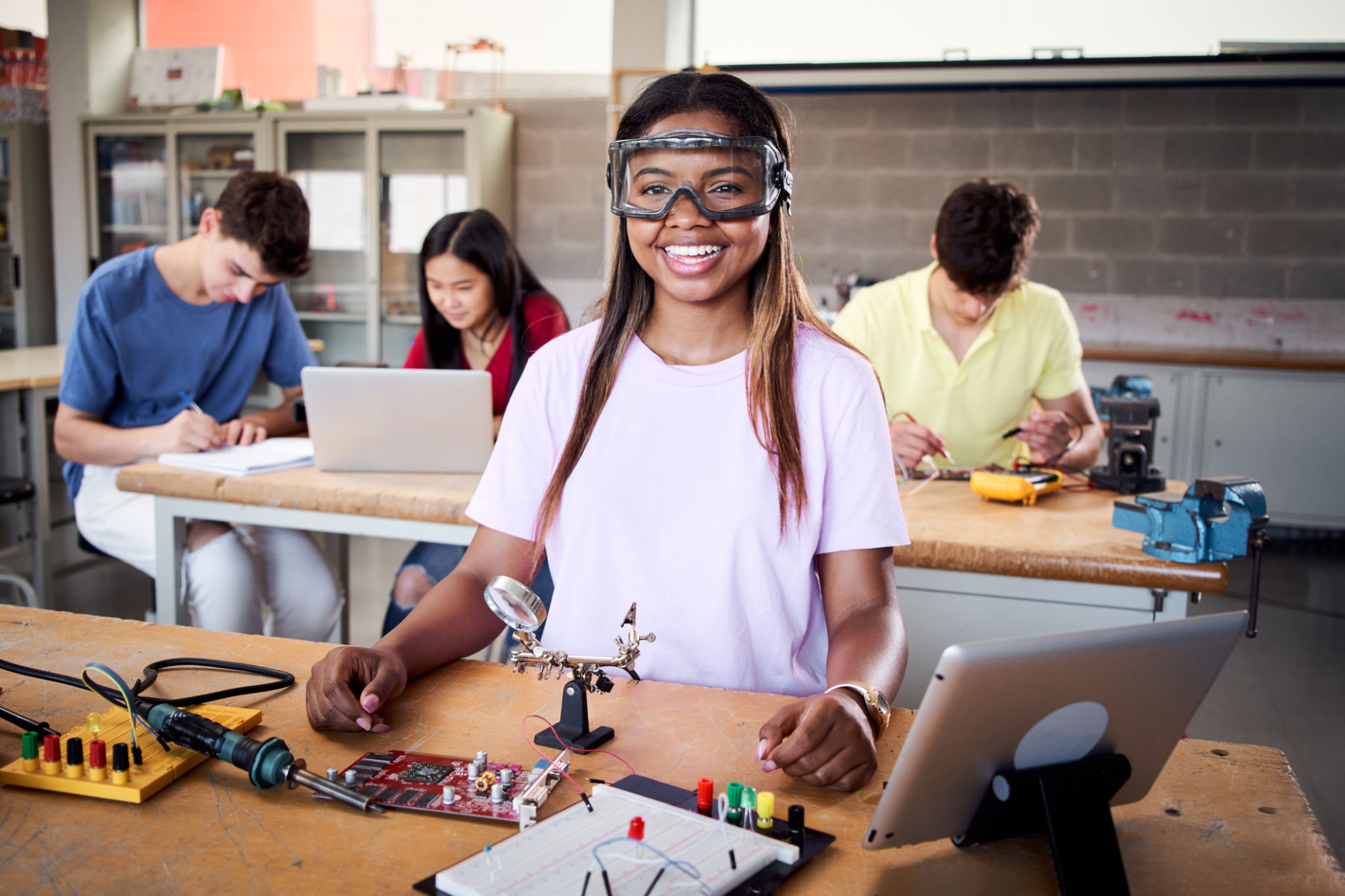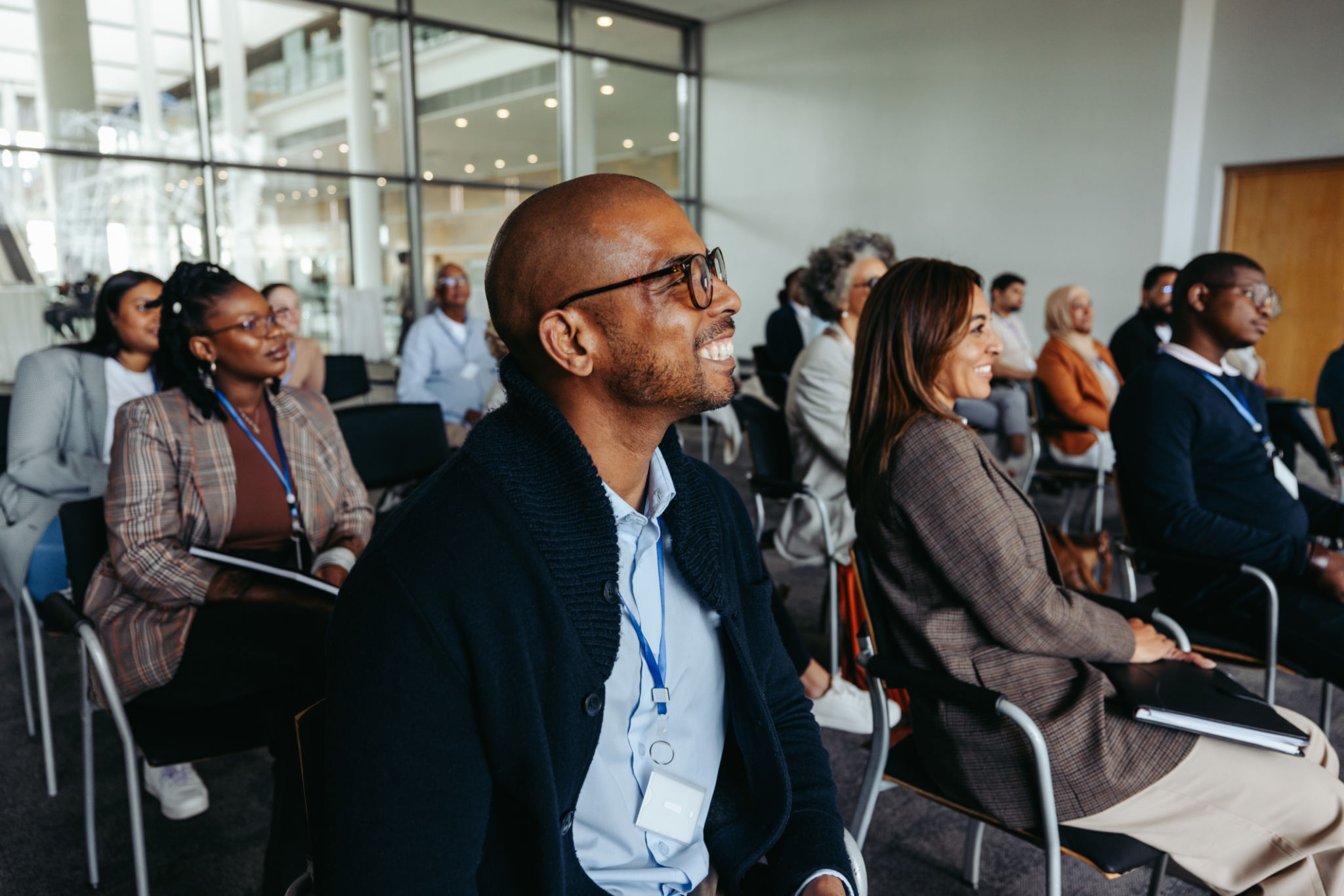Success Stories: Transformative Vocational Rehabilitation Journeys
Understanding Vocational Rehabilitation
Vocational rehabilitation is a vital part of helping individuals with disabilities or barriers to employment find meaningful work. It involves a range of services designed to improve job readiness and provide support throughout the employment process. This transformative journey not only empowers individuals but also enriches communities by fostering inclusivity and diversity in the workforce.
For many, vocational rehabilitation is the key to unlocking their potential. It offers personalized plans that cater to the unique needs of each participant, ensuring they have the skills and confidence required to succeed in their chosen careers.

Overcoming Barriers: Personal Stories of Success
One of the most inspiring aspects of vocational rehabilitation is witnessing the personal triumphs of those who have overcome substantial barriers. Take Sarah, for example, who faced challenges due to her visual impairment. Through vocational rehabilitation, she received specialized training and adaptive technology, enabling her to excel in a customer service role. Her story is a testament to the power of perseverance and tailored support.
Similarly, John, a veteran with PTSD, found it difficult to adjust to civilian employment. With the guidance of vocational rehabilitation specialists, he was able to identify his strengths and pursue a career in IT, where he now thrives as a network administrator.
The Role of Vocational Specialists
The role of vocational specialists cannot be understated. These professionals are dedicated to assessing individual needs and designing comprehensive rehabilitation plans. They provide essential support such as career counseling, job placement services, and skills training.

Vocational specialists also work closely with employers to create an inclusive workplace environment. By fostering understanding and providing accommodations, they help bridge the gap between employers and employees, ensuring both parties benefit from the relationship.
Key Components of Successful Rehabilitation
A successful vocational rehabilitation journey often includes several key components:
- Assessment and Evaluation: Understanding individual strengths, interests, and barriers.
- Skills Development: Offering training programs tailored to current job market demands.
- Job Placement: Connecting participants with suitable employment opportunities.
- Ongoing Support: Providing continuous guidance to ensure long-term success.

Impact on Communities
The impact of vocational rehabilitation extends beyond individual success stories. By helping individuals achieve employment, it contributes to economic growth and reduces dependency on social services. Communities benefit from a more diverse workforce that brings unique perspectives and creativity to various industries.
Moreover, employers gain access to a wider talent pool and can improve their corporate social responsibility by supporting inclusive hiring practices.
The Future of Vocational Rehabilitation
As society continues to evolve, so too does the field of vocational rehabilitation. Advancements in technology are playing a crucial role in creating more opportunities for individuals with disabilities. From virtual reality-based training programs to AI-driven job matching systems, the future holds exciting prospects for making vocational rehabilitation more effective and inclusive.
Ultimately, these innovations promise not only to enhance individual lives but also to empower communities by breaking down barriers and fostering a more inclusive workforce.
